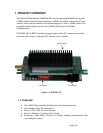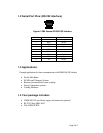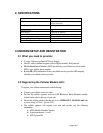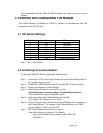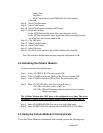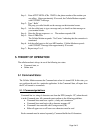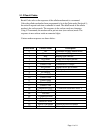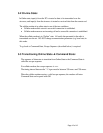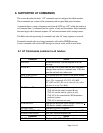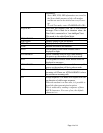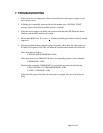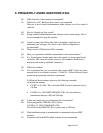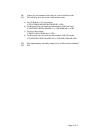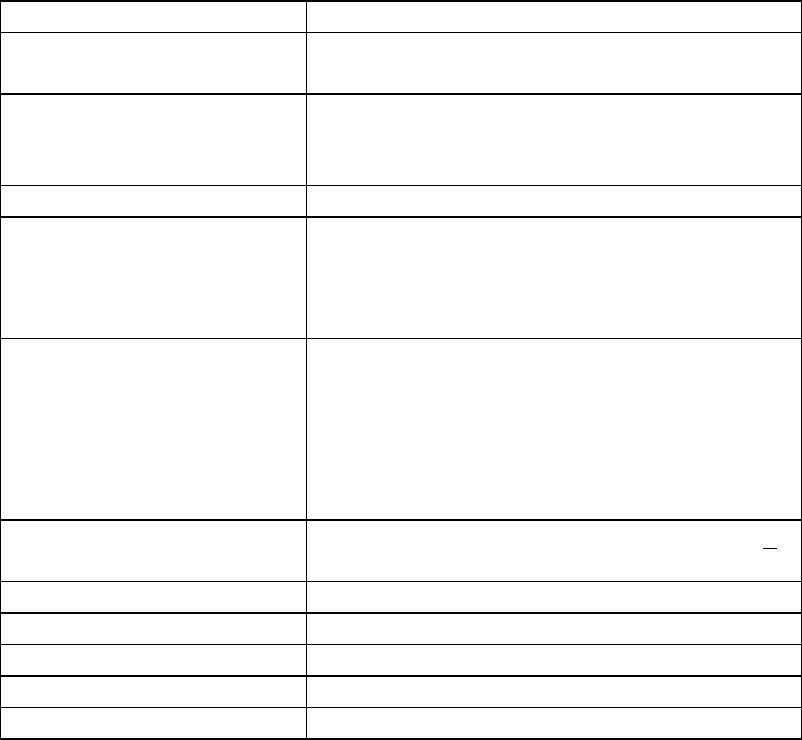
Page 13 of 13
6. SUPPORTED AT COMMANDS
This section describes the basic “AT” commands used to configure the cellular modem.
These commands are a subset of the commands used in typical high-speed modems.
A command line is a string of characters sent from the DTE (e.g. a PC) while the modem is
in Command State. A command line has a prefix, a body and a terminator. Each command
line must begin with a character sequence AT and must terminate with a carriage return.
The Radio starts the processing of commands only after AT string sequence is received.
Commands entered with out of range parameters will result in ERROR message.
Correct commands will result in OK message in verbose mode, and 0 in terse mode.
6.1 AT Commands common to all modes:
Command Action
ATZ<CR> Resets the modem. The unit responds with OK
message
ATO<CR> Go on-line. This is done after the state of the unit is
changed from on-line to command state. ATO then
puts the unit back into online state.
ATDT XXXX <CR> Cell modem dials out. XXXX is the phone number
AT+TEST <CR> Puts the unit in test mode.
Note: The commands AT+SYS, AT+MIN,
AT+SID and AT+ID can be entered only when
the unit is in the Test Mode.
AT+SYS=xx<CR> Sets system preference.
SYS =00 sets the unit for system B only
SYS =01 sets the unit for system A only
SYS =02 is for normal mode. SID determines
preferred system
SYS =03 is for home use only
AT+RSSI<CR> Indicates the Received signal strength. Should be > -
100 dbm for reliable communication.
AT+SER <CR> Indicates if service is available.
AT+MIN=XXXXX<CR> Sets the MIN number. The modem responds OK
AT+SID=XXXX<CR> Sets SID. Modem responds OK
Command Action
AT+ID?<CR> Displays ESN, MIN, SID, System Preference



